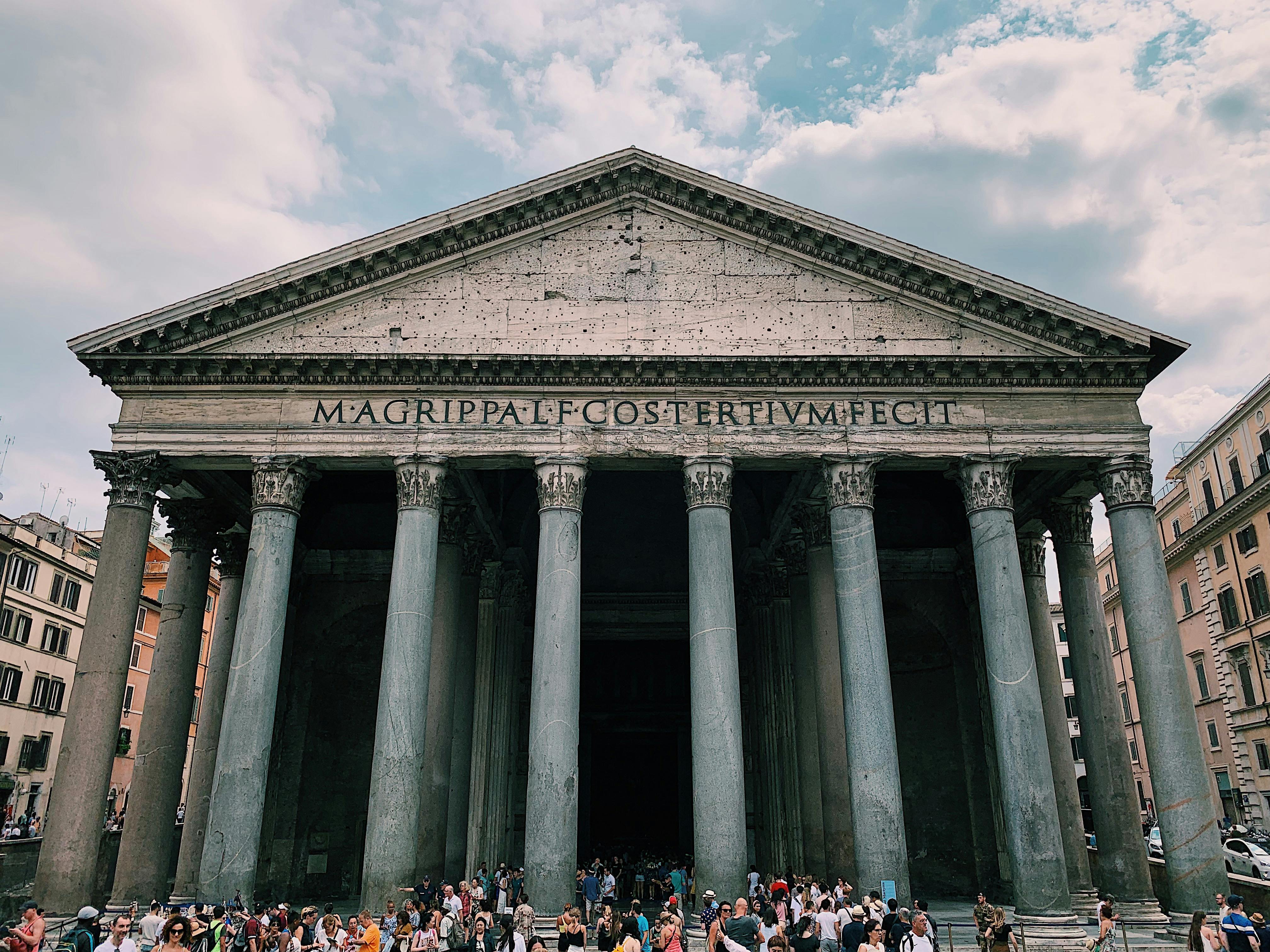Initially, Jamestown was a private trading company, sponsored by the Virginia Company. Its shareholders hoped to profit from the natural resources of the New World, but they also supported English objectives: to counter Spanish colonization, to spread Christianity among the native peoples, and to find a passage from the northwest to the East. However, extreme hardship and Indian battles took their toll, and in 1624 control of Virginia passed to the crown of England. Interestingly, as a royal colony, Jamestown was finally able to enter a period of relative peace and prosperity. In the years that followed, it even became a land of opportunity for poor Englishmen who enlisted as servants, forced by contracts to work for several years in exchange for their passage to America. When their contracts expired, many were able to buy land at low cost and start working on their own farms.
The Jamestown settlement of today is a living history museum, built to commemorate these important early years. For young and old, it offers much to enjoy. Begin your visit in the expansive indoor museum complex, where a film presents an overview of Jamestown’s origins in England and its first 20 years as a colony. Exhibit galleries combine period artifacts with graphics and reproductions to further the history of Jamestown.
After this orientation, head out to explore four iconic Living History sites inhabited by interpreters in period costume. 17th century activities and special events bring Jamestown back to life.
Powhatan Indian Village – At their height, the Powhatan Indians had territory stretching from south of the Potomac River to the south side of the James River. Nearby English settlers traded goods with them. They also exchanged “sons”, who served as interpreters and liaisons between very different people: young Thomas Savage of Jamestown lived with the Indians, and Namontack lived with the English for short periods. While both peoples realized the mutual benefit of peaceful relations, the goodwill did not last. War broke out and the Powhatan were crushed. Around the mid-1600s, the first Indian reservations were established; they limited the land that the natives could use to hunt and fish.
Today, the Powhatan Indian Village at Jamestown Settlement is a remarkably authentic recreation of better times. The houses, garden, and ceremonial dance circle are based on eyewitness drawings and written accounts, as well as archaeological finds. Performers of Indian attractions cultivate crops, make pottery, make bone tools, tan deer skins, and weave rope from plant fibers.
James Fort – Immediately upon arriving in the New World, the Jamestown colonists focused on ways to avoid the mistakes made on ill-fated Roanoke Island (England’s first two colonization attempts). Their settlement site was low and swampy, but highly defensible from both land and sea. They divided into three groups: one to build a fort, another to clear land for crops and then plant the seeds they had brought, and a third to explore upriver for a possible passage west to the Orient. (Clearly, they didn’t realize that the coveted Orient was out of reach.) The hope was that Jamestown would develop into a “factory fort” (trading post), able to protect itself effectively and be self-sufficient. It was a very humble beginning.
James Fort played an important role until the mid-1620s, when the colony expanded into a “New Town” to the east. Although the fort fell into ruin, it was not lost forever. Here at Jamestown Settlement, you can visit an extraordinary reenactment based on eyewitness accounts, a period sketch, educated guesses, and information emerging from the remains of the original fort being unearthed just a mile away at Historic Jamestowne. Within the wooden palisade are thatched adobe and wattle structures that approximate the colonia’s church, warehouse, houses, and armory. Jamestown interpreters in period dress are busy working at the fort, taking part in the daily activities typical of the early 17th century, including gardening, cooking, carpentry, blacksmithing, and military affairs such as musket practice.
Susan Constant, Godspeed & Discovery – Three merchant ships laden with passengers and cargo had embarked on the voyage from England to Virginia on December 20, 1606. Many gentlemen, a blacksmith, four carpenters, two masons, were destined to mark the course of American history. , a barber, a minister and some workers in general. They endured 4-1/2 grueling months at sea, plagued by storms and disease. And yet, of the 144 people on board, all men and children, only one died during the voyage.
About a month after the founding of Jamestown, “Susan Constant” and “Godspeed” returned to England with 39 crew members, leaving 104 brave colonists to build a viable colony in a strange land. The smaller ship, “Discovery”, was left behind and was used by Captain John Smith to trade goods with Indian villages along the Chesapeake Bay and Tidewater rivers. She was also used to chart the Cape Cod area of Massachusetts and to obtain fish from northern waters for the Virginia colony.
Today, you can board full-scale replicas of these three English ships and speak with costumed interpreters about the spirit of adventure that motivated the first settlers. The rigged ship “Susan Constant” is especially beautiful. Recreated at Jamestown Settlement, she was commissioned in 1991 and now regularly plies the waters off Virginia and Chesapeake Bay as a goodwill ambassador ship.
Riverfront Discovery Area – At discovery stations along a winding road, historical interpreters provide a wealth of information about colonial life in America. They highlight the role of waterways in 17th-century travel, trade, and cultural exchange from the perspective of Powhatan Indian, European, and African traditions.
***Jamestown Settlement is located at Colonial Parkway and SR 31 in James City County, VA near Historic Jamestowne. Open every day except December 25 and January 1. Entrance fee. Tickets available for the Jamestown Settlement alone or in combination with the nearby Yorktown Victory Center.
Excerpted from the new travel guide “America’s Living History-The Early Years,” Red Corral Publishing, May 2007, http://www.AmericasLivingHistory.com Suzanne and Craig Sheumaker, authors.
